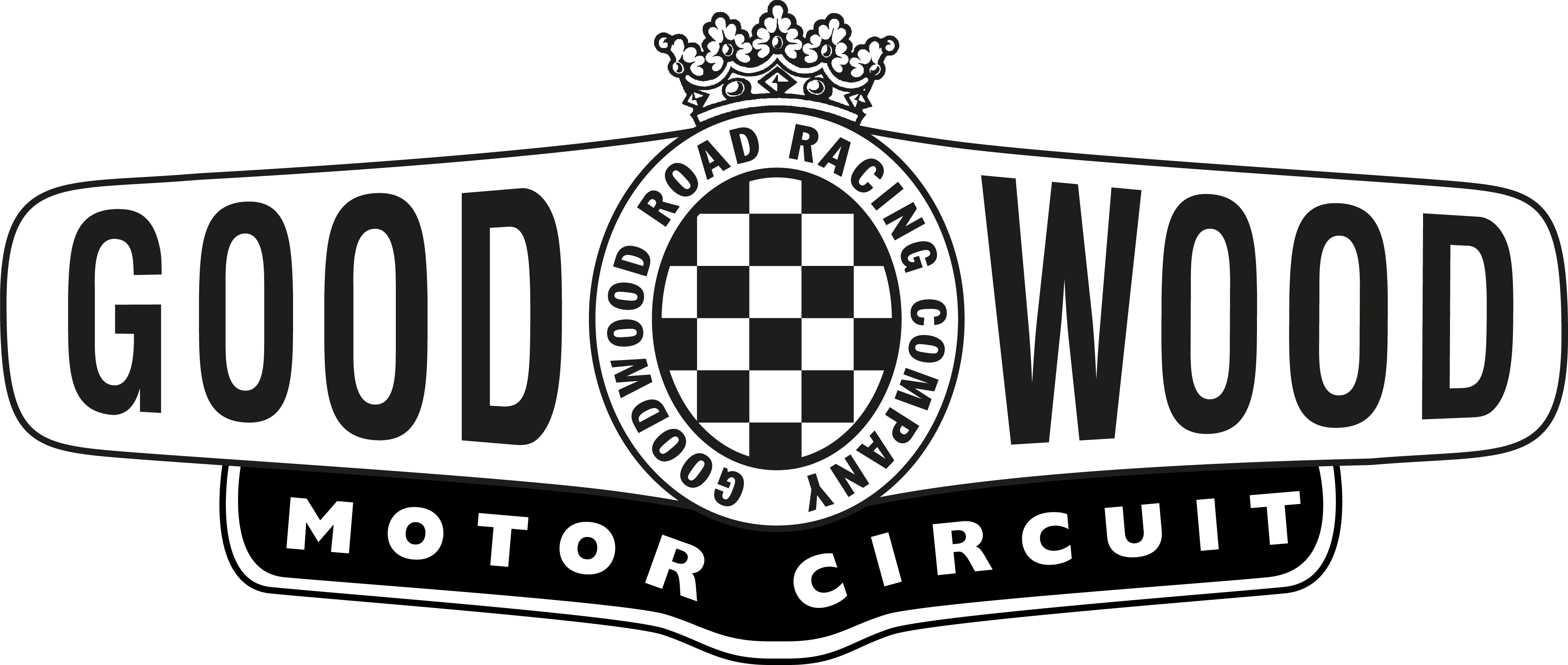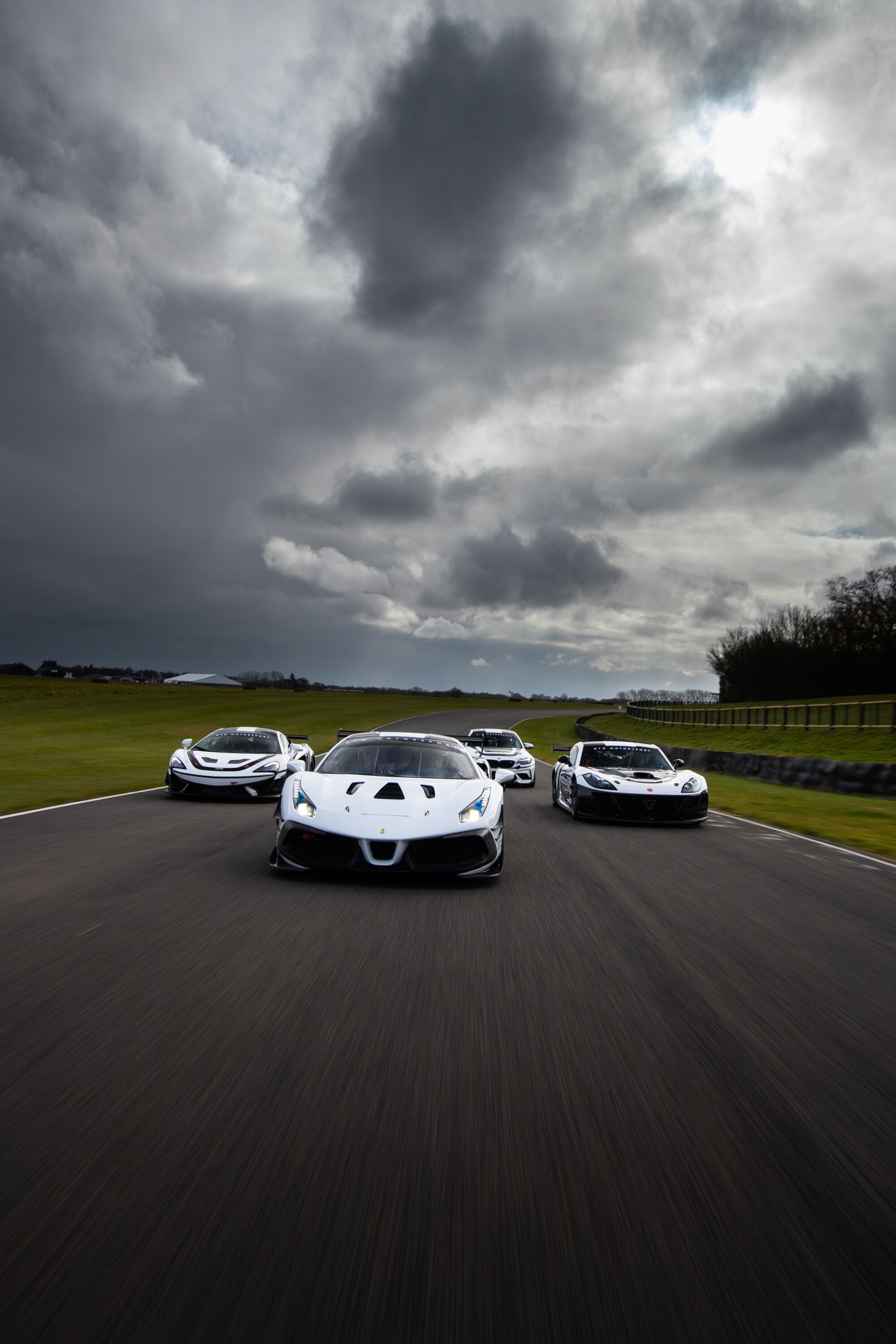The Corniche shooting brake that Rolls-Royce could have made
This isn’t so much a car as it is a family heirloom and a work of art rolled into one. It is fresh from two and a half years of craftsmanship to convert it from coupé to shooting brake and now I’m jostling it through rush hour in the rain. What’s more, the owner has driven the car for all of 20 minutes before I took the wheel.
It’s not unusual for complete strangers to entrust me with their cars, but it is unusual for the offer to come with what feels like such a weight of responsibility. I’m bordering on feeling nerves when an on-coming bin lorry is being a bit ambiguous about whether it will yield.

That feeling soon ebbs away. Henry II, as this car is called, looks after you. The underlying character of the Rolls-Royce Corniche on which this car is based soon imbues its driver with the same relaxed demeanour of the machine itself. And those folks who are making their way to work on a wet Wednesday morning help out by giving the rakish long-roofed Rolls its personal space. Quite soon, you’re wafting along entirely untroubled by the car’s undisclosed value, both monetary and sentimental.
Without wishing to be gauche, we must be into seven-figure territory here when you factor in the mind-boggling amount of work that has been invested into this car’s transformation. It’s the work of Niels van Roij, the company you may know for the Ferrari 550 Breadvan or indeed the Rolls-Royce Wraith-based Silver Spectre that’s now owned and enthusiastically driven by Dario Franchitti.
Those and the company’s other creations are highly Instagrammable, but it’s only when you get up close to the car and, better still, take a guided tour with Niels himself, that you gain a true understanding to just how much attention is paid to every minor detail.
Before you start to take in the minutiae, though, you can’t help but appraise the overall silhouette. The two-door Corniche coupé shape converts successfully to three-door shooting brake, the long-roof styling blending well with the stock appearance forward of the B-pillar. The Niels van Roij design team considered retaining the standard C-pillar in its new position, but that idea was quickly dismissed in favour of giving Henry II its own bespoke pillar more in keeping with the reprofiled form.
Likewise, many rear-end treatments were drawn and deliberated over before the marginal three-box shape, with its notchback tailgate, was chosen. That was partly to reduce the car’s overall bulk, but it leant into a key principle of the design — that it should look as if it could have been designed by Rolls-Royce in period, and in period all Rolls-Royces had separate boot lids.
The front end is just as Rolls-Royce intended... unless you look very closely. That pinstripe? Hand painted. And when you zoom in more still, you’ll see the Henry II logo incorporated within the stripe on the wing. After around 30 practice runs on the old boot lid, the two painted on the car were the best of the bunch.
The car’s party piece is by no means obvious, no matter how closely you look. The owner wanted to use Henry II to transport two triathlon bikes and the initial idea of transporting them inside the car was quickly discounted — the roofline would simply have been too high. Instead, there’s a hidden bike rack that slides out with the centre section of the rear bumper like an elaborate kitchen drawer. It’s an elegant solution to a complicated problem.
Niels tells use that athe mechanism has millimetres to spare in order to clear the rear subframe and fuel tank. Fold-out taillights complete job, and they’re period lamps fitted in bespoke chrome housings to maintain the 1970s appearance. Further surprise-and-delight features abound with the HII logo engraved in the catch one side and a script on the other.
Lift the tailgate, and you’ll find fold-down vanity mirrors that echo those at the front. This was a request from the owner’s wife so they could clean their muddy faces after off-road cycling. The toll roll, made from material that matches the interior, was not requested; that’s typical of the extras Niels van Roij includes in its projects. When getting to their customers, and how they will use their cars, they are able to incorporate details that enhance the experience.
It would be impossible to highlight all of these touches, but one that’s indicative of the obsessional attention to detail is the end finishers for the strips on the boot floor. The leading ones have radiused corners for the two outer ones and a repeat of the H logo for the inner. The trailing ones are straight where they meet the split fold of the rear seat.
Can you imagine the thought, brainstorming and design that went into elevating that one detail beyond the ordinary? Multiply that across the whole car and you begin to understand just how much work, time, effort and energy has been invested into this piece of rolling art.
The sculpting of the boot shape provides further evidence. The team didn’t want to create a square box with equally right-angled covers for the wheelarches and mechanisms that protrude into the space. That’s why there are organic shapes that gel with the rolling curves of the Corniche’s external rear wheelarch hips.
Leather trim is offset by tweed on inner surfaces, such as the inside of the door pockets, the glovebox interior or the cubby for the map-reading light. Niels van Roij himself has a suit made from the same material, with leather detailing maintaining his tradition of having a tailor-made outfit to match every project car.
You might be surprised to learn that the inner trim panels are made from carbon fibre. While that may seem at odds with the 1970s wood-and-leather ambience, the composite was chosen for its weight and strength, not for any supercar connotations. That’s why you can’t see any of it; it has been employed for its inherent properties, not its aesthetics.
Since the rear seat will be folded most of the time, they had to form a completely flat deck without any compromise. That required much trial and error and clever integration of their electric motors to make it work.
You’ll also notice the way the original rear door cappings have been merged with the ‘waterfall’ style leather trim for the boot area. That is so that the original wood, which was made to fit up to the original C-pillar, could be retained to match the still-factory front door cappings and dashboard.
The leather trim, by contrast, is all new throughout. That’s because the rear seats were all new, which meant the front seats required reupholstering to match. Original fittings have been retained where they could be, but there are new parts where needed, too.
That includes an all-new centre console, which nonetheless gels with the 1970s style of the rest of the interior. Did we mention that as well as hauling bicycles, this car will continue to compete in road rallies, just as it had when it was a coupé? The necessary trip meters and other instruments are now discreetly hidden away when they’re not needed.
Despite the value of a Niels van Roij conversion, the finished cars really do get used. We’ve no doubt that Henry II will spend its fair share of time with mud splattered on its flanks, just as the Wraith-based Silver Spectre often has a coating of road grime and roof box installed for Dario Franchitti’s road trips.
The Ferrari Breadvan is used extensively, too, so these cars are not destined for a life in a temperature and humidity-controlled garage. Interestingly, both the Wraith and Breadvan are with their second owners, both original commissioners having returned for Niels van Roij to execute another plan.
Somehow, though, I think the family link and sentimentality will mean that Henry II will never be for sale. The car was bought new by the current owner’s uncle, and he has childhood memories of the car in its original guise. The car was long known in the family as Henry, which is why it’s now called Henry II for its second life.
On the strength of our drive, there are many happy miles to come. In most respects, it performs the same as it did when it was a two-door. The long bonnet headed by the Spirit of Ecstasy gives an immediate and enduring feel-good factor, while the hydropneumatics imbues the car with a demeanour that encourages effortless progress.
It may roll and lean during road rallies, but for our drive into the mountains no such antics were encouraged. Instead, you loosen your grip on the thin-rimmed steering wheel and relish in the comfort rather than the performance.
Terrific all-round vision is only marred by the back window intersecting the rear view mirror. You wouldn’t be able to tell whether the car behind has blue lights on its roof, but an excellent view in all other directions is afforded by the generous glasshouse. It’s easy to place its long body on the winding hairpins of our test route.
Rolls-Royce once claimed that at 60mph all you can hear is the clock ticking, but that’s not quite true. There’s some wind noise around the A-pillar, but other than that it is very quiet. There’s no buffeting to be heard from the new bodywork, and the interior trim is rock solid. There’s neither a squeak nor a rattle to interrupt the serenity.
While the brief was to style Henry II as Rolls-Royce might have in the 1970s, the finishing details far surpass what would have been possible. The car has retained the character of a Corniche coupé and added a level of usability that you couldn’t contemplate from a factory standard Roll-Royce. What could have been a straightforward restoration turned into something utterly special.
Rolls-Royce
Niels van Roij Design
road
news
Corniche
feature

























